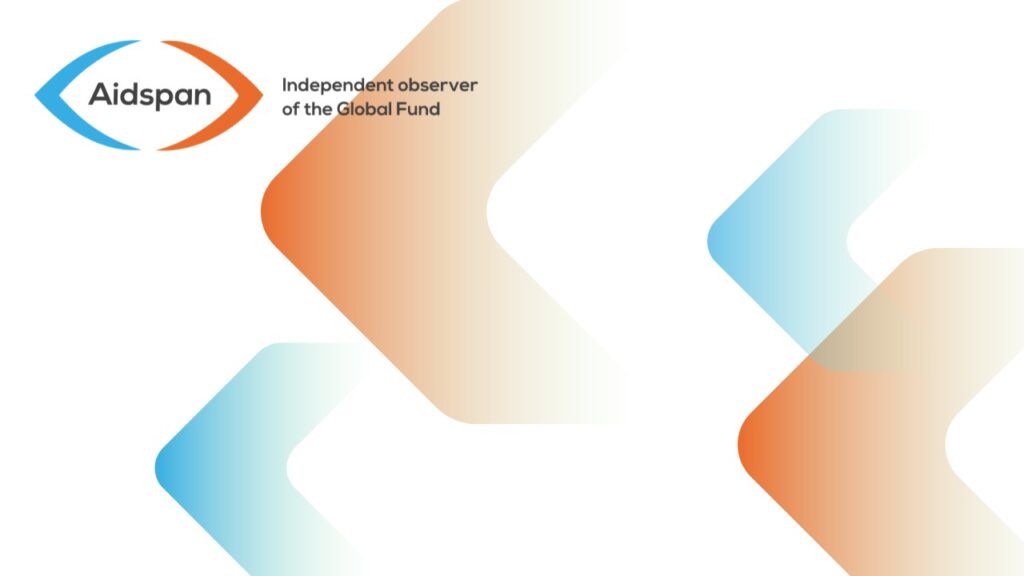
Editor’s briefing on this issue of the Global Fund Observer
Author:
Aidspan
Article Type:Article Number: 1
TRP feedback on Window 2 applications and other delights
Welcome to the last issue of the GFO before we take a break in August. We bring you eight articles covering the C19RM evaluation, the Pandemic Fund and some more Strategy Committee papers, as well as the UNAIDS 2023 Global AIDS Update and activist voices from West and Central Africa on the gains made in community-led monitoring.
Dear subscribers,
Welcome to the last issue of the GFO before we take a break in August. And this is a bumper edition!
On 17 July the Technical Review Panel held a meeting to provide a debrief on the status of the Window 2 funding cycle applications which closed at the end of May. Article 2 provides you with a summary of the observations and recommendations. As with the Window 1 debrief, there is too much information for one article and thus we will publish Part II of the debrief in our next GFO.
Meanwhile, the funding requests from Window 1 recommended for grant-making are now available publicly on Data Explorer. As in the past, the following documents are available in English:
- Funding request narrative
- Performance Framework
- Funding Landscape Table
- Programmatic Gap Tables
To access these documents, navigate to the Data Explorer, type in a country name into the search bar, click “More”, click “Documents”, and then click the name of the W1 funding request. Window 2, funding requests will be published shortly following acceptance of the final TRP Review and Recommendation form.
Going back to this issue of GFO, we bring you a synopsis of the external independent evaluation of the COVID-19 Response Mechanism, C19RM evaluation results show the importance of the investment which, while on the whole positive, also points out that the lessons for improved mitigation and optimization of the Global Fund’s investment in this area are not yet clear. We follow this with an interview with Burkinabe activist Simon Kabore on the valuable role that Observatories have been able to play in impacting health system functions in several countries in West and Central Africa (The Observatories are recognized and respected, which is a major source of satisfaction).
Our next three articles look at some of the July Strategy Committee papers in more detail (Update on Country Funding, Global Fund Strategy Committee approves the Prioritization Framework for Strategic Initiative Funds Available for Optimization and Rebounding against TB: challenges and prospects).
Our penultimate article reports on the recently released 2023 Global AIDS Update and we ask Is UNAIDS being optimistic when it says we can end AIDS by 2030?
Finally, in more news, The Pandemic Fund allocates $338 million in resilience grants to 37 countries across six regions. It still remains to be seen how the Global Fund and the Pandemic Fund can reach agreement on ways of working to avoid duplication of activities and leverage each other’s resources.
Have a great break! And we will see you on 30 August.
If you enjoy the GFO and find it relevant to your work, please encourage your colleagues to colleagues to subscribe!
Don’t forget: if you are aware of an interesting development relevant to disease programmes or health systems and that you feel is worthy of global discussion, do let me know together with the name of a person prepared to write about this. Suggestions and comments can be sent to us, Ida Hakizinka or Arlette Campbell White in English, French or Spanish at ida.hakizinka@aidspan.org or acampbell.white@aidspan.org.
The Aidspan Editorial Team
